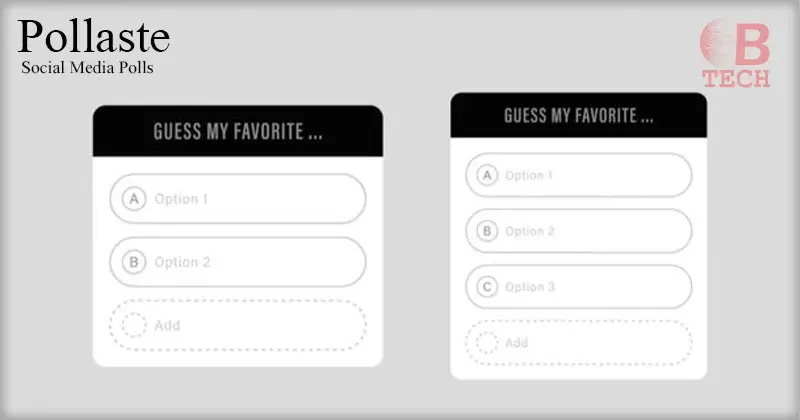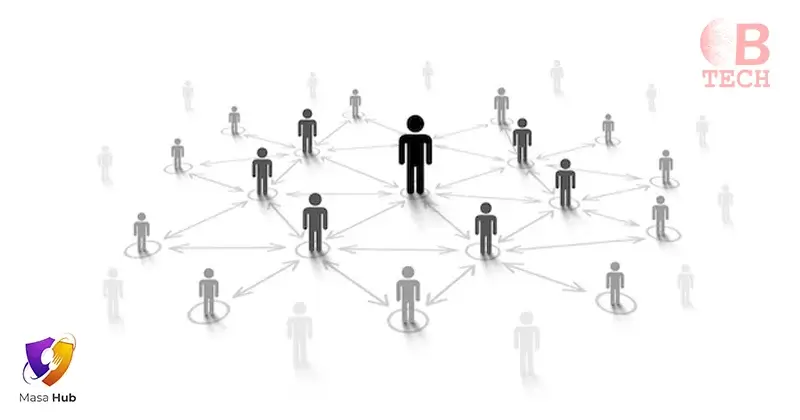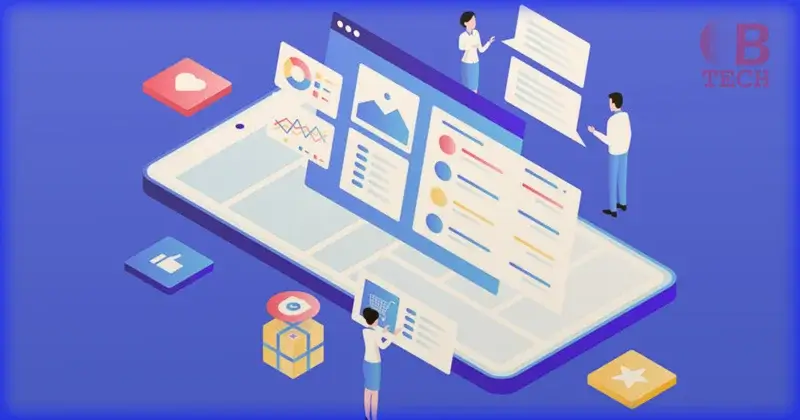Recently, a new trend called pollaste has emerged in social media and online culture. This trend started online but is now becoming popular in our daily lives. In this article, we’ll look at what pollaste is, where it came from, how it’s affecting us, and what its future looks like.
What is Pollaste?
Pollaste, a term blending “poll” and “paste,” describes the practice of creating and sharing polls or surveys on social media platforms. These polls typically present a question or series of questions, accompanied by multiple-choice options for participants to select. Users then share these polls with their followers or friends, encouraging them to join in and express their opinions.
Origin & Growth
While the concept of polls and surveys is not new, the emergence of pollaste can be attributed to the increasing popularity of social media platforms and the desire for interactive and engaging content. The ease of creating and sharing polls on platforms like Instagram, Twitter, and Facebook has contributed to the widespread adoption of pollaste.
Initially, pollaste was primarily used for entertainment purposes. Users would create polls on topics such as favorite movies, food preferences, or travel destinations, seeking to engage their audience and spark discussions. However, as the trend has evolved, pollaste has found applications beyond entertainment.
Pollaste represents a new form of online engagement that has quickly gained popularity. Its versatility and ease of use make it a valuable tool for businesses, individuals, and communities looking to gather feedback, conduct research, or simply spark conversations.
The Impact of Pollaste
Increased User Engagement
Pollaste has revolutionized user engagement on social media platforms. By introducing interactive features like polls, users are not only more likely to participate but also to share their opinions with others. This increased engagement has a ripple effect, creating a more dynamic and interactive online community. Furthermore, the data collected from these polls can provide valuable insights into user preferences and behavior, helping content creators and marketers better understand their audience.
Market Research & Consumer Insights
Pollaste has emerged as a powerful tool for conducting market research and gathering consumer insights. Companies can use polls to collect data on customer preferences, opinions, and buying habits, allowing them to make informed decisions about product development and marketing strategies. For example, a cosmetics company might use pollaste to gather feedback on potential new product ideas, helping them gauge consumer interest and tailor their offerings accordingly.
Political Analysis
In the realm of politics, pollaste has become a valuable tool for political parties and candidates seeking to understand public opinion. By using polls, politicians can gauge voter sentiment on various issues, helping them shape their campaign strategies and policy positions. This real-time feedback can be crucial in shaping political discourse and influencing public opinion.
Decision-Making Processes
Pollaste has also had an impact on personal decision-making processes. Users can create polls to solicit opinions and advice from their social media networks on a wide range of topics, from which movie to watch to which restaurant to try. This collective input can help users make more informed decisions and feel more confident in their choices, leveraging the collective wisdom of their social circle.
Future Prospects
As social media continues to evolve, the impact of pollaste is likely to grow. Polls are becoming increasingly sophisticated, allowing for more nuanced and detailed feedback. Additionally, as more businesses and individuals recognize the value of pollaste, we can expect to see an increase in its use across a wide range of industries and applications. Overall, pollaste represents a significant shift in how we engage with content online, offering new opportunities for interaction, feedback, and decision-making.
Case Studies
Brand Engagement: Nike’s Pollaste Campaign
In 2019, Nike embarked on a creative journey to enhance brand engagement through a pollaste campaign on Instagram. They initiated a series of interactive polls inviting users to vote for their preferred shoe designs, colors, and features. This campaign not only sparked excitement among users but also garnered substantial engagement and feedback. By leveraging this data, Nike gained valuable insights into consumer preferences, which they used to develop products tailored to their audience’s desires.
Political Analysis: Presidential Election Polls
During the 2020 US presidential election, pollaste played a pivotal role in shaping public discourse and political strategies. Political analysts and media outlets utilized polls on social media platforms to gauge voter sentiment and predict election outcomes. These polls provided real-time insights into the electorate’s mindset, influencing campaign tactics and messaging. While the accuracy of these polls can vary, they undoubtedly influenced voter perceptions and candidate strategies throughout the election cycle.
Product Development: Starbucks’ Flavor Polls
In an effort to engage with customers and innovate their product offerings, Starbucks used pollaste in a creative marketing campaign. They conducted polls on social media platforms, asking customers to vote for new flavor options for their seasonal drinks. This interactive approach not only increased customer engagement but also provided Starbucks with direct feedback on flavor preferences. Based on the poll results, Starbucks introduced new flavors that resonated with their audience, driving sales and brand loyalty.
The Future of Pollaste
Pollaste, as a trend, shows no signs of slowing down. With social media platforms constantly evolving and user engagement remaining a top priority, polls and surveys are expected to become even more prevalent. The future of pollaste holds immense potential in various fields, including marketing, politics, and decision-making processes.
Continued Evolution
As technology advances, the ways in which polls are conducted and shared are likely to become more sophisticated. We can expect to see more interactive and engaging poll formats, as well as increased integration with other digital tools and platforms.
Enhanced User Engagement
Polls are a powerful tool for driving user engagement, and this is unlikely to change. Brands and content creators will continue to use polls to interact with their audience, gather feedback, and tailor their offerings to better meet customer needs and preferences.
Data-Driven Insights
Pollaste provides valuable data and insights into consumer preferences, opinions, and behavior. As the use of polls grows, so too will our ability to collect and analyze this data, leading to more informed decision-making in various fields.
Ethical Considerations
As pollaste becomes more widespread, it is crucial to use it responsibly and ethically. Polls should be designed carefully to avoid bias, and user privacy should be a top priority. Transparent data handling practices will be essential to maintain user trust and ensure the continued success of pollaste as a valuable tool for engagement and insight.
FAQs
How can businesses use pollaste for market research?
Pollaste is a useful tool for businesses to learn about the preferences, beliefs, and buying habits of their customers. This data can inform targeted marketing strategies, product development, and improvements to existing products.
Can pollaste be used for political analysis?
Yes, pollaste is a valuable tool for political analysis. Political parties and candidates can employ polls to understand public opinion on various issues and tailor their campaign strategies accordingly.
Are pollaste campaigns effective in engaging users?
Yes, pollaste campaigns are effective in engaging users. By incorporating interactive elements like polls, users are more likely to participate and share their opinions, leading to increased engagement.
How can pollaste be used in personal decision-making processes?
Users can use pollaste to gather opinions and advice from their social media networks. For example, someone planning a vacation can create a poll asking friends to vote for their preferred destination, helping them make a more informed decision.
What are the potential risks associated with pollaste?
One potential risk is the possibility of biased or misleading polls influencing public opinion. Additionally, privacy concerns are important, and user data should be handled securely and transparently.
Finally
Pollaste is a growing trend where people create and share polls on social media. It’s used for fun, market research, politics, and decision-making. The future of pollaste looks promising with more interactive polls, increased user engagement, and valuable data insights. However, it’s important to use pollaste ethically and responsibly.



